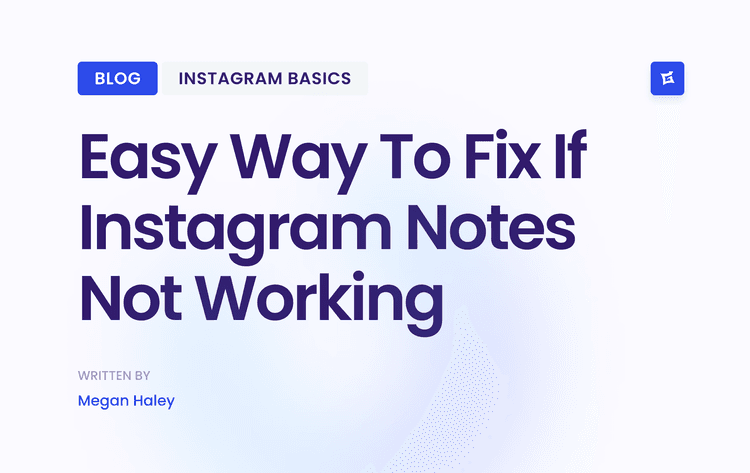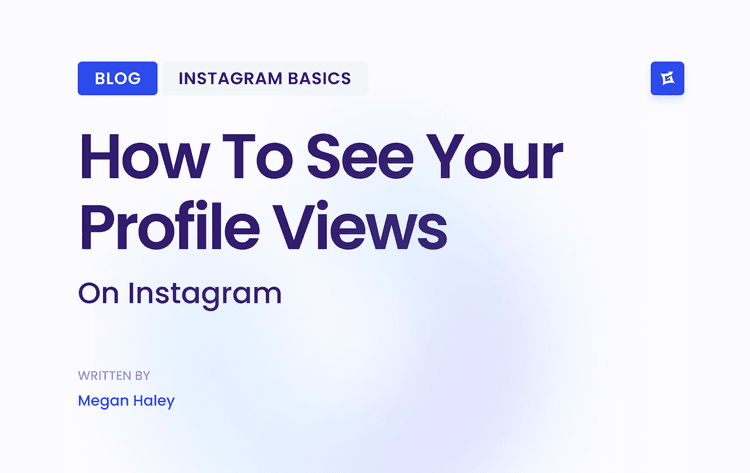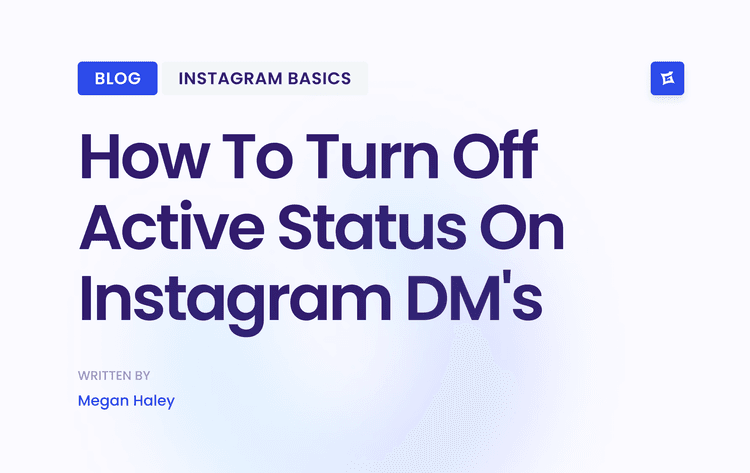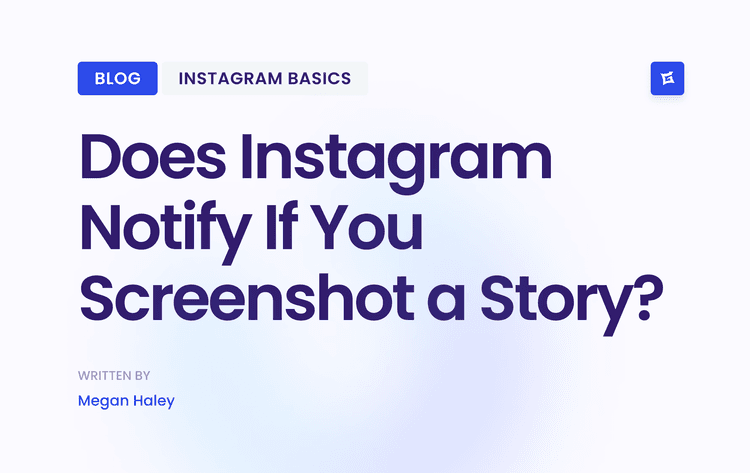1. Define SMART Goals and KPIs
Effective content marketing doesn't happen by accident; it's the result of a meticulously planned strategy grounded in clear objectives. One of the most critical content marketing best practices is to establish SMART goals. This framework transforms vague aspirations into actionable targets, ensuring every piece of content serves a distinct purpose. By defining goals that are Specific, Measurable, Attainable, Relevant, and Time-bound, you create a roadmap for your entire program.

This approach eliminates guesswork and aligns your content team with broader business objectives, whether that's boosting revenue or improving customer retention. Instead of simply aiming to "get more traffic," a SMART goal would be to "increase organic blog traffic by 20% in Q3 by publishing four SEO-optimized articles per month."
How to Implement SMART Goals
Setting these goals requires a strategic approach. Start by linking your content efforts directly to a core business need.
Be Specific: Clearly state what you want to achieve. Instead of "improve brand awareness," specify "increase social media mentions by 40% on LinkedIn."
Make it Measurable: Assign a quantifiable Key Performance Indicator (KPI). For example, HubSpot famously set a goal to increase blog-generated leads by 30% in six months, tracking success through lead-capture forms.
Ensure it's Attainable: Set ambitious but realistic targets based on your available resources, budget, and historical performance data.
Keep it Relevant: Your content goal must align with a larger company objective, like increasing sales pipeline value or reducing customer churn.
Set Time-Bounds: Assign a clear deadline. Moz successfully implemented this by setting a goal to improve organic traffic by 20% quarter-over-quarter, creating urgency and a clear evaluation period.
Utilize a dashboard in Google Data Studio or a comparable platform to track your KPIs in real-time. This allows you to monitor progress and adjust your strategy as needed, ensuring your content marketing remains agile and effective.
2. Develop Detailed Audience Personas
Creating content without a clear audience in mind is like navigating without a map. One of the most essential content marketing best practices is developing detailed audience personas. These semi-fictional profiles represent your ideal customers, built from quantitative data and qualitative insights. Personas ensure your content speaks directly to the needs, pain points, motivations, and goals of your most valuable audience segments.

This practice moves you from broad generalizations to specific, human-centered messaging. For example, Buffer created four distinct personas (like "Social Sally" and "DIY Debbie") to tailor blog posts and ebooks effectively. This focus allows you to create content that resonates deeply, builds trust, and drives conversions because it addresses specific challenges your audience actually faces.
How to Implement Audience Personas
Building effective personas involves research and synthesis. A fundamental step in any successful content strategy is learning how to create buyer personas that drive growth and deeply understand your target audience.
Be Specific: Go beyond basic demographics. Document your personas' goals, challenges, and preferred communication channels.
Make it Measurable: Use analytics data from Google Analytics and social media insights combined with customer interviews and surveys to build data-backed profiles. Mailchimp famously used persona-driven email campaigns to boost open rates by 15%.
Ensure it's Attainable: Start small by creating 3–5 core personas that represent the majority of your customer base. Focus on quality over quantity.
Keep it Relevant: Share your documented personas across marketing, sales, and product teams to ensure consistent, customer-centric messaging throughout the entire customer journey.
Set Time-Bounds: Revisit and update your personas biannually or annually to reflect market shifts and changes in customer behavior.
Documenting and distributing these personas ensures your entire organization understands who they are creating content for, leading to a more cohesive and impactful strategy.
3. Implement SEO and Topic Cluster Strategy
To dominate search engine rankings, content must be organized in a way that signals deep expertise. One of the most powerful content marketing best practices is implementing a topic cluster strategy. This model organizes content around a central "pillar" page, a comprehensive guide on a broad topic, which is internally linked to multiple "cluster" pages that explore related subtopics in greater detail. This structure helps search engines understand the relationship between your content and establishes your site as a topical authority.
This process flow infographic illustrates the three foundational steps to building a topic cluster. Following this sequence ensures your content architecture is logically structured for both users and search engine crawlers, maximizing its SEO impact.
This strategic approach improves site architecture, enhances user experience by making related content easily discoverable, and boosts SEO performance. HubSpot pioneered this model with its "What Is Content Marketing?" pillar, linking to over 50 cluster articles and demonstrating immense topical authority. Similarly, Backlinko leveraged a tight SEO topic cluster to achieve a reported 220% increase in organic traffic.
How to Implement a Topic Cluster Strategy
Building an effective topic cluster requires careful planning and a commitment to creating comprehensive, interconnected content. Start by identifying a core topic central to your business.
Identify Core Topics: Use tools like Ahrefs or SEMrush to find broad, high-volume keywords that can serve as your pillar pages. These should be central to your products or services.
Map Out Cluster Content: Research long-tail keywords and specific questions related to your pillar topic. Each of these becomes a potential cluster article.
Establish Internal Links: Critically, every cluster page must link back to the main pillar page. This internal linking is what signals the topical relationship to Google.
Update Pillar Pages: Keep your pillar content fresh and authoritative by updating it quarterly with new statistics, insights, and links to newly published cluster articles.
By organizing your content this way, you create a powerful, interconnected web of information that is highly valuable to your audience and signals your expertise to search engines, leading to improved rankings and organic traffic.
4. Maintain an Editorial Calendar
Consistency is the engine of successful content marketing, and an editorial calendar is the roadmap that keeps it running smoothly. This centralized schedule for planning, creating, publishing, and promoting content is one of the most vital content marketing best practices. It transforms your strategy from a reactive, chaotic process into a proactive, organized system, ensuring a steady stream of valuable content for your audience.

An editorial calendar prevents last-minute scrambling, aligns cross-functional teams, and provides a bird's-eye view of your entire content operation. Instead of wondering what to post next, your team can focus on creating high-quality, purposeful assets. For instance, CoSchedule famously uses a comprehensive calendar to coordinate efforts across marketing, product, and design teams, ensuring everyone is aligned on priorities and deadlines.
How to Implement an Editorial Calendar
Building an effective calendar requires more than just listing post ideas and dates. It involves strategic planning and consistent management to keep your content engine performing at its peak.
Categorize by Funnel Stage: Tag each content piece by its corresponding marketing funnel stage (e.g., Top-of-Funnel awareness, Middle-of-Funnel consideration, Bottom-of-Funnel decision). This ensures you're nurturing leads at every step of their journey.
Incorporate Timely Events: Proactively schedule content around industry conferences, holidays, and seasonal trends to maximize relevance and engagement.
Schedule Recurring Reviews: Hold weekly or bi-weekly meetings to review the calendar, update statuses, and adjust priorities. This keeps the plan agile and responsive to new opportunities or challenges.
Assign Clear Ownership: Every task, from writing to design and promotion, should have a designated owner and a firm deadline to maintain accountability and prevent bottlenecks.
Platforms like Asana, Trello, or a simple shared spreadsheet can serve as your central hub. By planning your content, from blog articles to social media updates, you guarantee a consistent and strategic identity. For a platform-specific example, check out this ultimate Instagram content calendar template on gainsty.com.
5. Produce High-Quality, Value-Driven Content
In a saturated digital landscape, one of the most enduring content marketing best practices is prioritizing quality over quantity. Value-driven content is not about publishing daily; it's about creating deeply researched, insightful, and actionable resources that genuinely solve your audience's problems. This approach builds authority, earns trust, and generates high-quality organic traffic and backlinks over the long term.
When you consistently deliver exceptional value, your brand becomes the go-to resource in its niche. Instead of churning out surface-level articles, focus on creating pillar content that serves as a definitive guide. This strategy is exemplified by Moz's "Whiteboard Friday" series, which provides expert-level SEO advice, and Intercom's in-depth guides on customer messaging, which have become industry benchmarks.
How to Create Value-Driven Content
Producing high-caliber content requires a systematic commitment to excellence. Start by understanding your audience's most significant pain points and crafting content that directly addresses them.
Invest in Originality: Go beyond regurgitating existing information. Conduct expert interviews, run original surveys, or analyze proprietary data to offer unique insights your audience can't find elsewhere.
Use Content Briefs: Create detailed briefs for every piece of content to ensure alignment with strategic goals, audience needs, and brand voice. This maintains consistency and quality across your entire team.
Focus on Actionable Advice: Your content should empower readers to take action. For practical advice on crafting content that not only ranks but also deeply engages your audience, refer to these actionable SEO content writing tips.
Pair Formats: Complement long-form articles with easily digestible formats like infographics, checklists, or short video summaries. This caters to different learning preferences and extends the reach of your core content.
By adopting a quality-first mindset, you create assets that attract sustained engagement, build brand loyalty, and deliver a powerful return on investment for years to come.
6. Leverage Storytelling Techniques
Facts and figures inform, but stories resonate and inspire action. One of the most powerful content marketing best practices is to weave narrative elements into your brand communications. By using classic storytelling frameworks with characters, conflict, and resolution, you can transform dry marketing messages into compelling experiences that foster genuine emotional connections with your audience. This approach makes your brand more memorable and builds lasting loyalty.
Great storytelling moves beyond simply listing product features; it positions the customer as the hero of their own journey, with your brand acting as a trusted guide. Instead of just selling a service, you’re selling a change. For example, Dove’s "Real Beauty" campaign didn't focus on soap; it told the powerful stories of its customers, creating a profound connection that transcended the product itself.
How to Implement Storytelling
Pioneered by thought leaders like Donald Miller of StoryBrand, this technique involves structuring content around a clear narrative arc.
Establish a Hero: Your customer is the protagonist. Clearly define their desires and challenges. Start with a strong hook that introduces their primary "pain point."
Introduce Conflict: What obstacle stands in the hero's way? This is the core problem your product or service helps them overcome.
Present a Guide: Position your brand as the experienced guide with a plan to help the hero succeed.
Call to Action: Give the hero a clear next step to take on their journey toward success.
Show the Transformation: Illustrate the successful outcome. Use customer testimonials and case studies as narrative building blocks to show how others have triumphed. Airbnb excels at this by sharing community stories that highlight the unique experiences of hosts and guests.
This narrative framework can be applied to blog posts, social media updates, email campaigns, and video content, ensuring every piece you create contributes to a cohesive and compelling brand story.
7. Distribute Content Across Multiple Channels
Creating exceptional content is only half the battle; ensuring it reaches your target audience is the other. One of the most vital content marketing best practices is to implement a multi-channel distribution strategy. This means you don't just publish a blog post and hope for the best. Instead, you proactively promote it across a mix of owned (your website, email list), earned (PR, social shares), and paid (social media ads, sponsored content) channels. This approach maximizes your content's reach, amplifies its impact, and engages audiences wherever they are.
A robust distribution plan transforms a single asset into a campaign that drives consistent engagement. For instance, Red Bull excels at this by combining owned media like their high-production YouTube series with earned media from influencer stunts and paid partnerships with extreme sports events. This integrated strategy ensures their content dominates their niche across every relevant platform.
How to Implement a Multi-Channel Strategy
Begin by identifying where your audience spends their time and then tailor your content to fit each platform's unique format and user expectations.
Create Channel-Specific Snippets: Repurpose a long-form article into a tweet thread on X, a short-form video for TikTok or Instagram Reels, a carousel post for LinkedIn, and a detailed infographic for Pinterest.
Leverage Email and Owned Channels: Send new content directly to your most engaged audience via your email newsletter. Use website pop-ups or hello bars to promote cornerstone content to new visitors.
Utilize Paid Amplification: Use targeted social media ads on platforms like Facebook or LinkedIn to promote your best-performing content to lookalike audiences or retarget previous website visitors, driving them further down the funnel.
Develop an Earned Media Plan: Proactively pitch your content to journalists, bloggers, and influencers in your industry. A well-crafted outreach email can secure valuable backlinks and mentions, significantly boosting authority and reach.
8. Repurpose and Update Evergreen Content
Creating high-quality content consistently requires significant resources, which is why maximizing the return on investment for each asset is a core content marketing best practice. Instead of constantly starting from scratch, focus on repurposing and refreshing your existing top performers. This strategy breathes new life into proven content, extending its reach and value across different platforms and audiences. By changing a successful blog post into a podcast episode or updating an evergreen guide, you multiply its impact with a fraction of the original effort.
This approach ensures your best ideas reach the widest possible audience in their preferred format. For instance, Brian Dean of Backlinko famously updates his top-performing articles with new data and examples, a key part of his "Skyscraper Technique." This keeps his content perpetually relevant and ranking high, demonstrating the power of strategic updates over creating entirely new, unproven pieces.
How to Implement Repurposing and Updates
Start by identifying your most valuable content and creating a system for its renewal and transformation. To efficiently extend the lifespan and reach of your valuable assets, consider learning more about how to repurpose content for maximum impact.
Audit Top Performers: Every quarter, analyze your top 20% of content by traffic, engagement, or conversions. Identify pieces that can be updated with new statistics, examples, or insights to maintain their relevance.
Transform Formats: Repurpose long-form content into different mediums. Turn a detailed guide into an email mini-course, a webinar into a series of short video clips for social media, or key data points into a shareable infographic.
Track Repurposed Assets: When you create a new asset from an old one, track its performance separately in your analytics. This helps you understand which new formats resonate most with your audience and justify the repurposing efforts.
Systematize the Process: Create a content calendar that includes specific dates for both creating new content and refreshing or repurposing existing assets.
By integrating this practice into your workflow, you create a sustainable content engine that continually delivers value without burning out your team. Dive deeper into effective methods with these content repurposing strategies from Gainsty.
9. Use Data-Driven Analytics to Optimize Performance
The most successful content marketing programs are not built on assumptions; they are refined by data. A core content marketing best practice is leveraging analytics to understand what resonates with your audience and drives results. This means moving beyond vanity metrics like page views and focusing on data that informs strategy, reveals audience behavior, and proves ROI. By systematically analyzing performance, you can double down on what works and eliminate ineffective tactics.
This data-driven approach changes content creation from an art into a science. Instead of guessing which topics will perform well, you can analyze past successes to guide future content. For instance, Netflix famously uses content performance data to A/B test email subject lines, optimizing for higher open rates and engagement by understanding exactly what language and offers compel users to click.
How to Implement Data-Driven Optimization
Begin by establishing a clear framework for tracking and analysis. This involves setting up the right tools and defining what success looks like for each piece of content.
Define Key Conversions: Identify primary conversion events (e.g., a sale, a demo request) and micro-conversions (e.g., a newsletter signup, a PDF download). This helps you measure the full impact of your content.
Use UTM Parameters: Systematically apply UTM parameters to all campaign links. This ensures you can accurately track traffic and conversions back to their specific source, channel, and campaign in Google Analytics.
Run A/B Tests: Continuously test elements like headlines, calls-to-action (CTAs), and imagery. Optimizely, for example, used systematic A/B testing on its CTAs to increase trial sign-ups by a significant margin.
Analyze Channel Performance: Use analytics to determine which channels deliver the most engaged traffic and highest-quality leads. For instance, you can use Instagram analytics to drive business growth and measure its direct impact on your marketing goals.
Create Feedback Loops: Regularly review performance dashboards with your team to discuss insights and translate them into actionable changes for your upcoming content calendar.
10. Personalize Content and Automate Workflows
In a crowded digital landscape, generic content fails to capture attention. A powerful content marketing best practice is to deliver tailored experiences using personalization and marketing automation. This strategy involves segmenting your audience and using technology to deliver dynamic content that resonates with individual user needs, behaviors, and preferences. By automating these workflows, you can provide relevance at scale, dramatically increasing engagement and conversion rates.
This approach moves beyond a one-size-fits-all model. Instead of sending the same email to every subscriber, you deliver content based on their previous interactions or demographic data. For example, Amazon's recommendation engine, which personalizes the user experience based on browsing history, is responsible for an estimated 35% of its revenue, proving the immense value of this tactic.
How to Implement Personalization and Automation
Begin by collecting and segmenting audience data, then build automated workflows to deliver relevant content at the right time.
Start with Basic Segmentation: Don't get overwhelmed. Begin by grouping your audience based on simple criteria like industry, job title, or on-site behavior (e.g., pages visited, content downloaded).
Use Dynamic Content: Modify specific content blocks within an email or on a landing page based on user data. A B2B company could show a case study relevant to the visitor’s industry.
Leverage Marketing Automation: Use platforms like HubSpot or Marketo to build automated workflows. For instance, Drift uses chatbot workflows to deliver tailored messages and qualify leads based on real-time user behavior on their site.
Implement Progressive Profiling: Gradually collect information from leads over time using forms that only ask for new details. This enriches your data without creating a poor user experience.
Regularly audit your automation rules and content triggers to ensure they remain effective and aligned with your customer journey. This continuous refinement is key to successful personalization.
Content Marketing Best Practices Comparison Table
Define SMART Goals and KPIs
Low to medium complexity, with low to medium resources needed.
Provides clear performance metrics and alignment.
Best for strategy planning and performance tracking.
Advantage: Improves focus and accountability while making measurement easier.
Develop Detailed Audience Personas
Medium complexity, requiring medium resources.
Enhances content relevance and engagement.
Ideal for targeted content creation.
Advantage: Guides consistent messaging and prioritizes key topics.
Implement SEO and Topic Cluster Strategy
High complexity, requiring medium to high resources.
Improves organic visibility and builds topical authority.
Best for SEO-driven content marketing.
Advantage: Boosts SEO traffic and strengthens site architecture.
Maintain an Editorial Calendar
Medium complexity, with medium resources needed.
Ensures consistent content output and team coordination.
Ideal for cross-team collaboration and scheduling.
Advantage: Reduces last-minute rushes and improves visibility.
Produce High-Quality, Value-Driven Content
High complexity, requiring high resources.
Leads to higher engagement, authority, and backlinks.
Works best for thought leadership and brand-building.
Advantage: Builds trust and attracts organic links.
Leverage Storytelling Techniques
Medium complexity with medium resources required.
Increases audience engagement and recall.
Ideal for branding and creating emotional connections.
Advantage: Differentiates the brand and drives social sharing.
Distribute Content Across Multiple Channels
High complexity, requiring high resources.
Expands reach and diversifies traffic.
Best for multichannel promotion.
Advantage: Maximizes reach and amplifies content lifespan.
Repurpose and Update Evergreen Content
Medium complexity, with medium resources required.
Extends content lifespan and improves ROI.
Ideal for content maintenance and expansion.
Advantage: Saves production time while maintaining SEO value.
Use Data-Driven Analytics to Optimize Performance
High complexity, requiring medium to high resources.
Ensures continuous improvement and validated ROI.
Best for performance optimization.
Advantage: Informs better decisions and allows effective budget allocation.
Personalize Content and Automate Workflows
High complexity, requiring high resources.
Increases engagement, conversion, and retention.
Ideal for scalable personalized marketing.
Advantage: Boosts lead nurturing and enhances customer retention.
Turning Best Practices into Powerful Performance
We've explored a comprehensive blueprint for transforming your content from a simple business expense into a powerful, revenue-generating asset. Navigating the world of content marketing can feel complex, but the ten best practices outlined in this guide provide a clear and actionable framework. They are not isolated tactics; they are interconnected components of a holistic, high-performance engine designed to attract, engage, and convert your ideal audience.
The journey begins with a solid foundation. Defining SMART goals and developing detailed audience personas ensures your efforts are always purposeful and directed. From there, implementing a robust SEO and topic cluster strategy makes your content discoverable, while a well-maintained editorial calendar brings order and consistency to your execution.
From Creation to Optimization: A Continuous Cycle
Creating genuinely high-quality, value-driven content is the core of this entire process. When you combine this with the magnetic pull of storytelling, you create an experience that resonates deeply with your audience, building trust and brand loyalty. However, creation is only half the battle. Strategic multi-channel distribution and the intelligent repurposing of evergreen content are essential for maximizing the reach and lifespan of every piece you produce.
Ultimately, what separates good content marketers from great ones is a commitment to continuous improvement. This is where data-driven analytics becomes your most valuable ally. By tracking performance and understanding what works, you can refine your approach, personalize user experiences, and leverage automation to scale your success. Embracing these content marketing best practices is not about achieving a perfect, static state; it's about building a dynamic, adaptable system that evolves with your audience and the market.
The True Impact of Strategic Content
Adopting this strategic mindset is a commitment to long-term, sustainable growth. While some channels offer immediate feedback, the true power of exceptional content marketing lies in its cumulative effect. Each blog post, video, and social update is a building block, contributing to a stronger brand presence, increased authority, and a loyal community. This consistent, value-first approach is what turns casual viewers into dedicated followers and, eventually, loyal customers. Start implementing these strategies today, not as a checklist, but as a new standard for excellence. Your future self and your bottom line will thank you.
Ready to put these best practices into action and accelerate your growth? Gainsty uses advanced AI to help you connect with a targeted, engaged audience on Instagram, ensuring your high-quality content drives real follower growth. Stop guessing and start growing by visiting Gainsty to see how our AI-powered assistant can amplify your content marketing efforts.

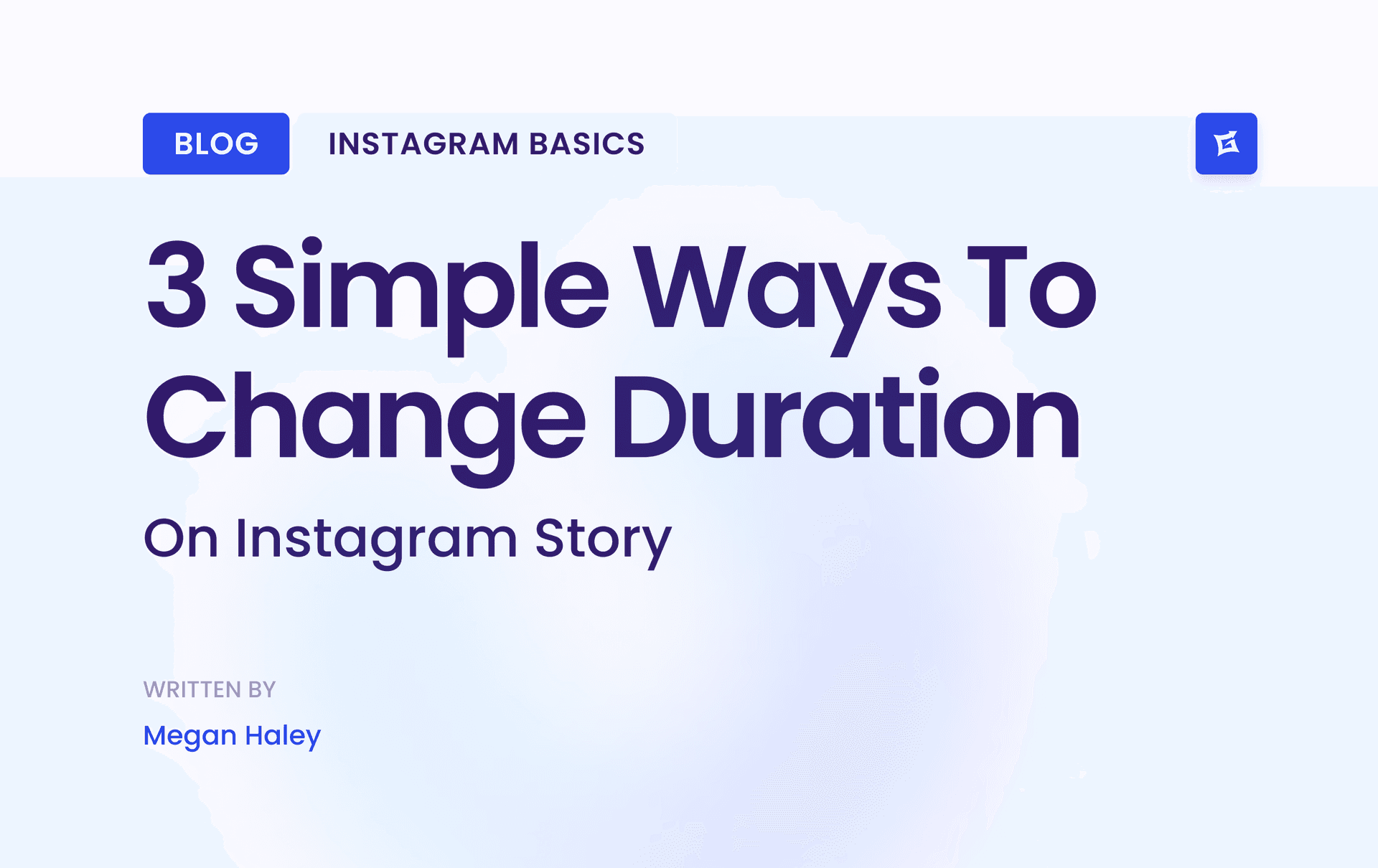
.png&w=1920&q=75&dpl=dpl_9XSWKBjhcBN6v6b1SN7m3p1WWjfr)
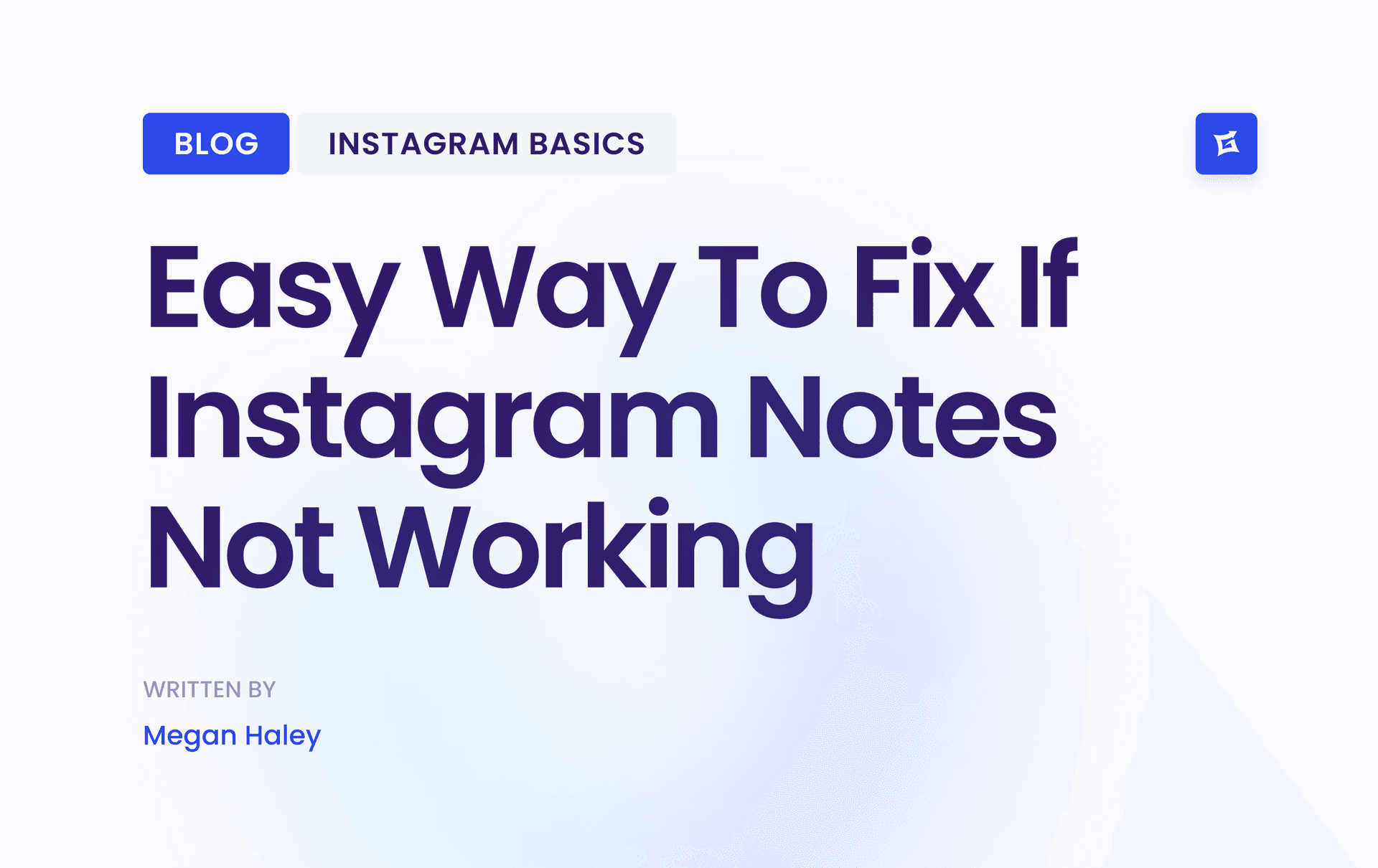
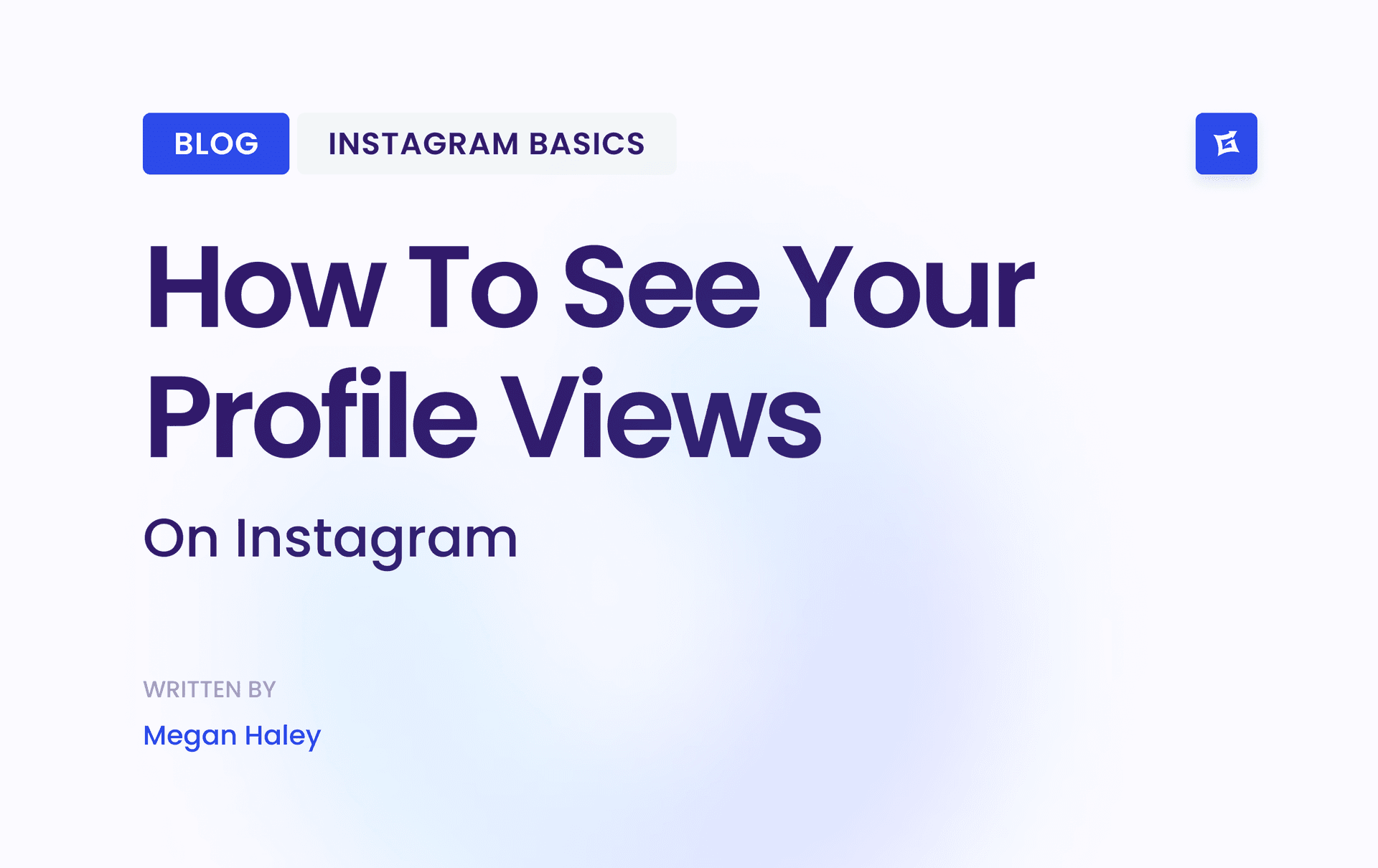
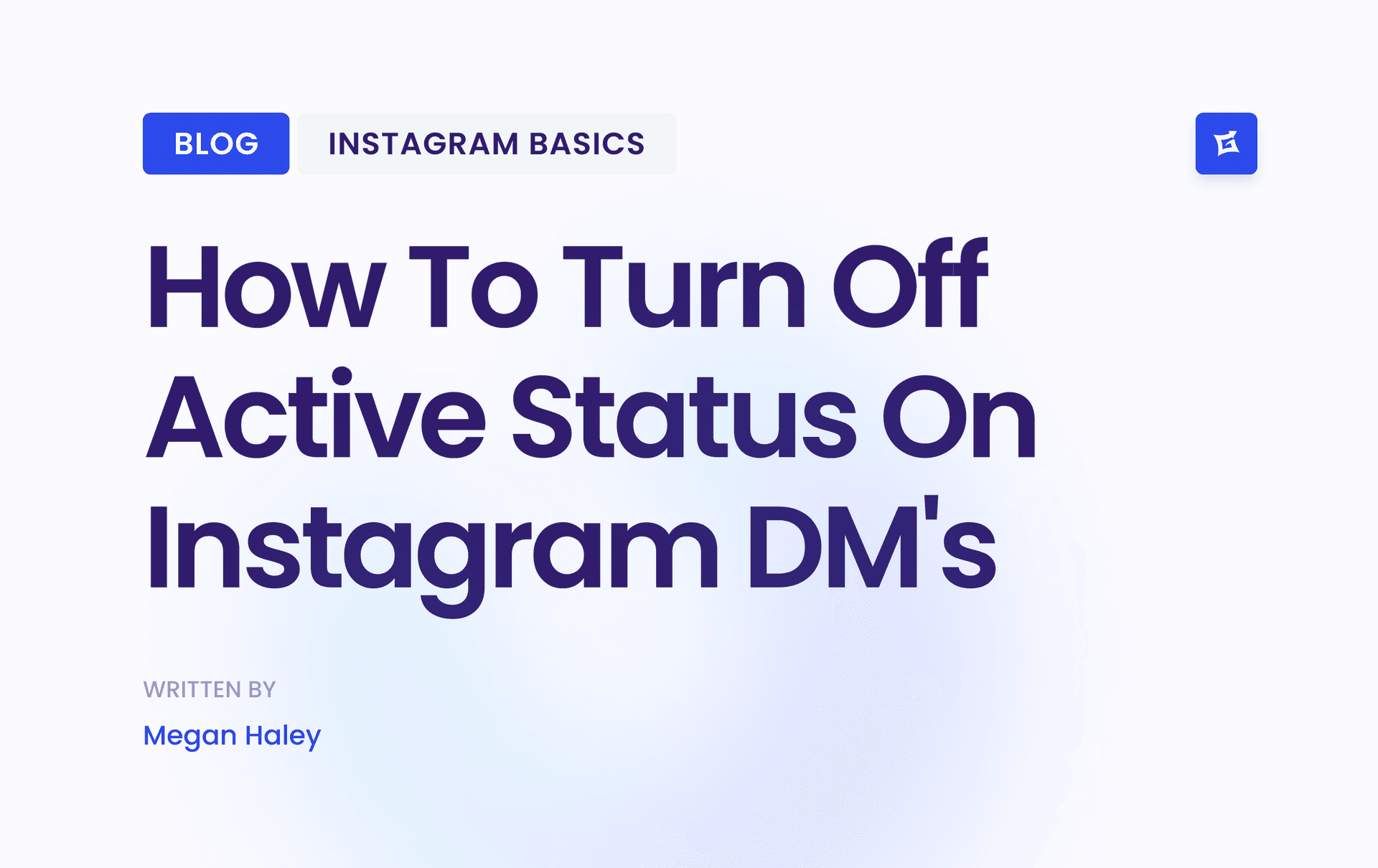
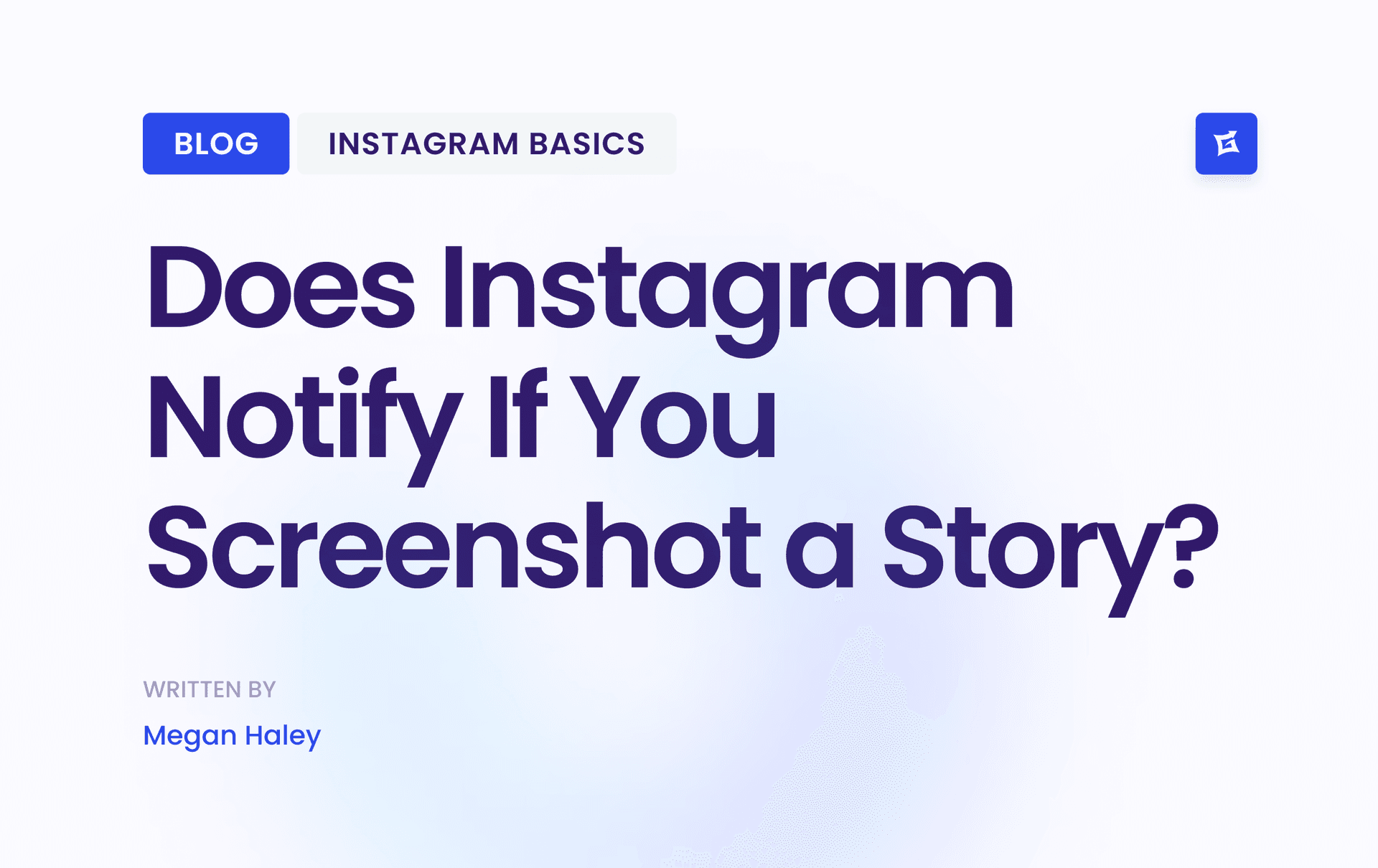




.png&w=750&q=75&dpl=dpl_9XSWKBjhcBN6v6b1SN7m3p1WWjfr)
